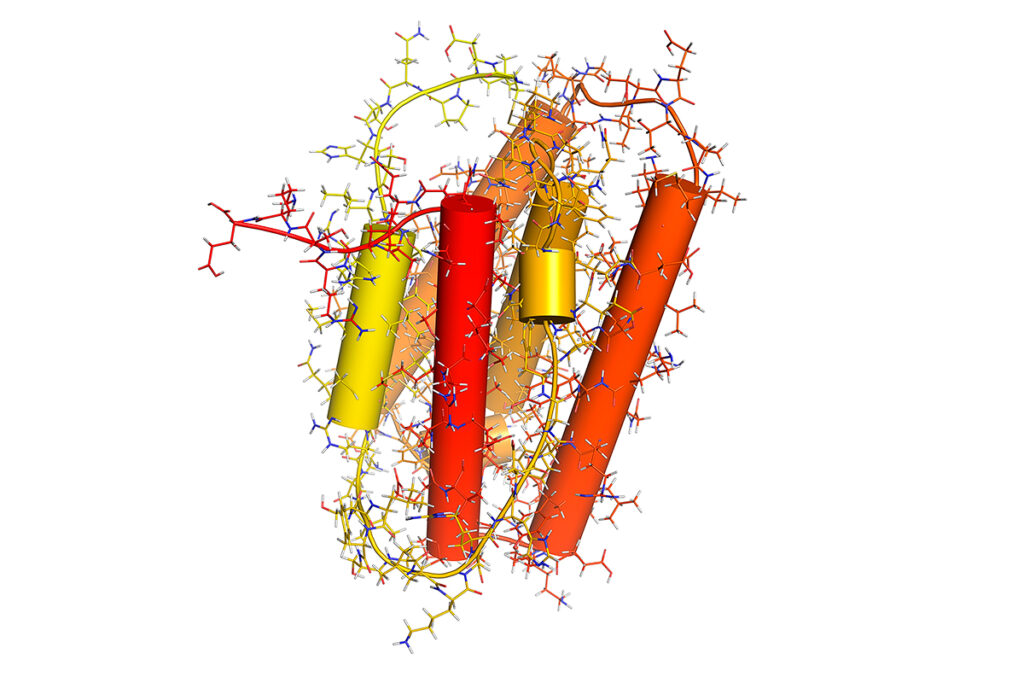Taiwanese scientists have proposed using ultrasound to slow the progression of chronic kidney disease (CKD).
Hypoxia, inflammation, and kidney cell damage contribute to CKD progression. As a result of these processes, irreversible and life-threatening renal fibrosis develops. The kidneys gradually lose their functions, resulting from which toxic substances accumulate in the body, acid-base, water-salt, and hormonal balance are disturbed, and the body is depleted. At different stages of CKD, the risk of extreme exhaustion ranges from 2 to 46%. The risk of death from exhaustion in CKD is from 30 to 60%.
Low-intensity pulsed ultrasound (LIPUS):
- Stimulates bone growth;
- accelerates the recovery of tibial fractures;
- approved by the U.S. Food and Drug Administration for the treatment of formed non-accretions;
- effective in the treatment of chronic myocardial ischemia – reduces circulatory fibrosis and improves the formation of new blood vessels;
- reduces muscle atrophy in type 1 diabetes.
Research in Ultrasound to Treat Chronic Kidney Disease
Taiwanese scientists have investigated the effectiveness of CKD treatment with LIPUS. The study was conducted on mice. CKD results from acute renal failure caused by the administration of the renal toxin adenine or ischemia-reperfusion syndrome. Ischemia-reperfusion syndrome is accompanied by oxidative stress and vascular damage and occurs when blood circulation is disrupted for 20-40 minutes and then restored.
The intensity range of therapeutic ultrasound is in the field of 30-1000 MW/cm2. A previous study in mice showed that LIPUS at an intensity of 100 MW/cm2 effectively reduced acute kidney damage after ischemia-reperfusion, but at 30 MW/cm2, there was no such effect.
In this study, scientists used LIPUS with parameters of 3 MHz, 100 MW/cm2 for 20 minutes/day.
Research Results
Ultrasound Reduced Weight Loss, Serum Biochemistry Changes, and Kidney Damage in CKD Induced by Ischemia-Reperfusion
In the first group of mice, CKD was caused by ischemia-reperfusion. These mice significantly decreased body weight, relative kidney weight, and serum albumin/globulin ratio. A low albumin/globulin ratio is associated with poorer survival rates in CKD. In addition, CKD mice showed marked increases in serum creatinine, urea nitrogen, and cystatin C, indicators of kidney damage. Treatment with LIPUS essentially eliminated these changes.
In mice with CKD, levels of inflammatory proteins in the kidneys were significantly elevated. LIPUS effectively and significantly reduced inflammatory markers.
In addition, LIPUS reduced renal fibrosis and decreased levels of markers of cell death and kidney aging. Ultrasound reduced body weight loss, changes in serum biochemistry, and kidney damage in CKD caused by adenine.
Ultrasound Reduced Weight Loss, Serum Biochemistry Changes, and Kidney Damage in CKD Induced by Administering Adenine
In the second group of mice, CKD was caused by administering adenine at a dosage of 50 mg/kg for 28 days. These mice developed fibrosis, manifested as an increase in the extracellular matrix.
On the 7th day of adenine administration, the mice significantly decreased body weight. LIPUS contributed to the recovery of body weight on the 21st and 28th days.
In mice with adenine kidney disease, the relative weight of the kidneys increased. LIPUS restored average kidney mass.
LIPUS reduced elevated serum creatinine and urea nitrogen levels on day 21 of treatment. LIPUS also increased the reduced serum albumin/globulin ratio.
After administration of adenine, the kidneys looked rough and pale, but when treated with ultrasound, the kidneys looked the same as in healthy mice. LIPUS reduced renal fibrosis and reduced the levels of markers of renal aging.
Conclusion
Treatment with low-intensity pulsed ultrasound reduces the progression of CKD, suppressing renal fibrosis and kidney aging. LIPUS with a frequency of 3 MHz and an intensity of 0.1 W / cm2 for 20 minutes a day restores the antioxidant protection of cells from damage by reactive oxygen species in CKD. Low-intensity pulsed ultrasound can be considered an alternative noninvasive treatment of kidney diseases or an auxiliary tool for treating CKD.
Useful article, necessary information? Share it!
Someone will also find it useful and necessary:



